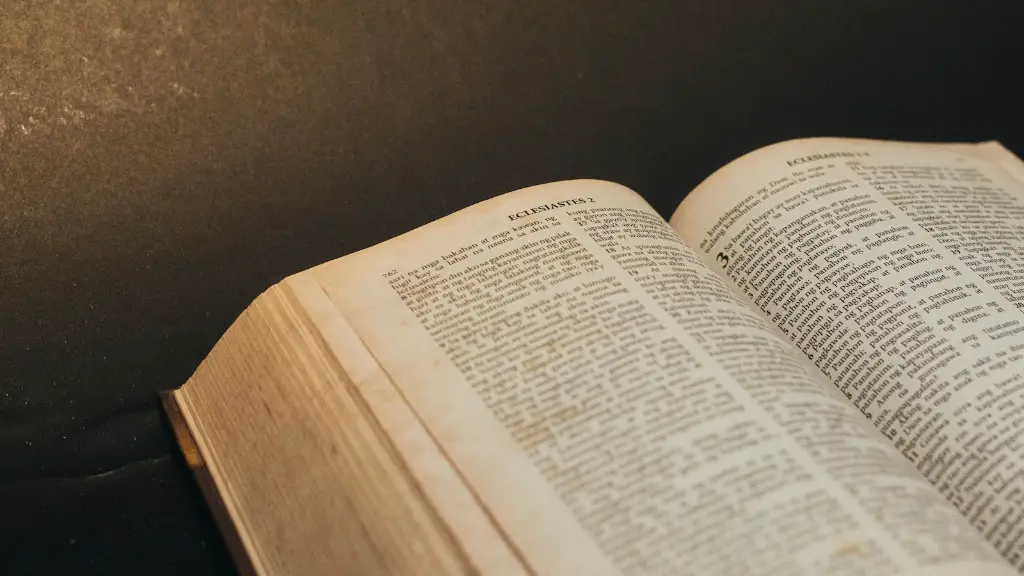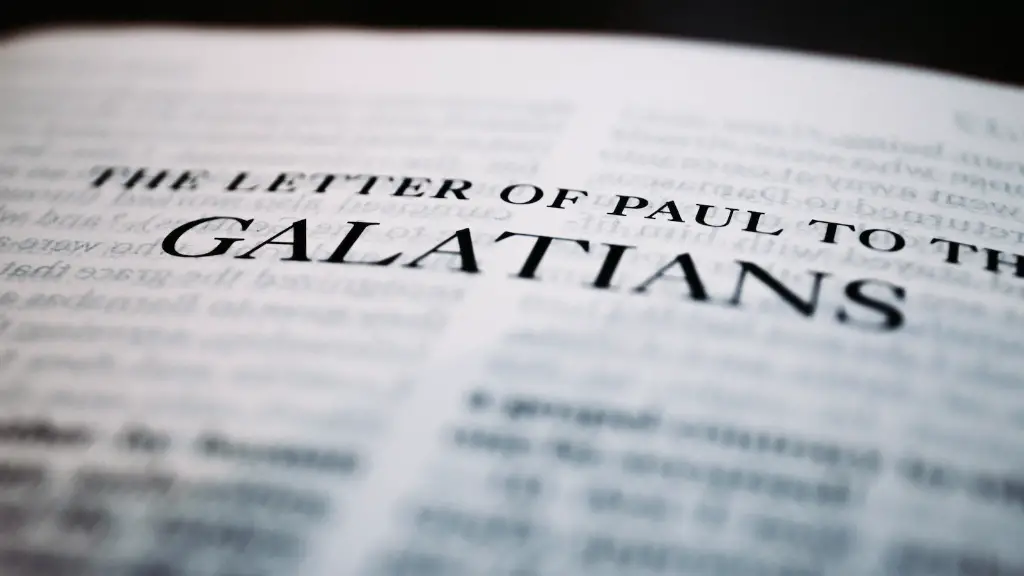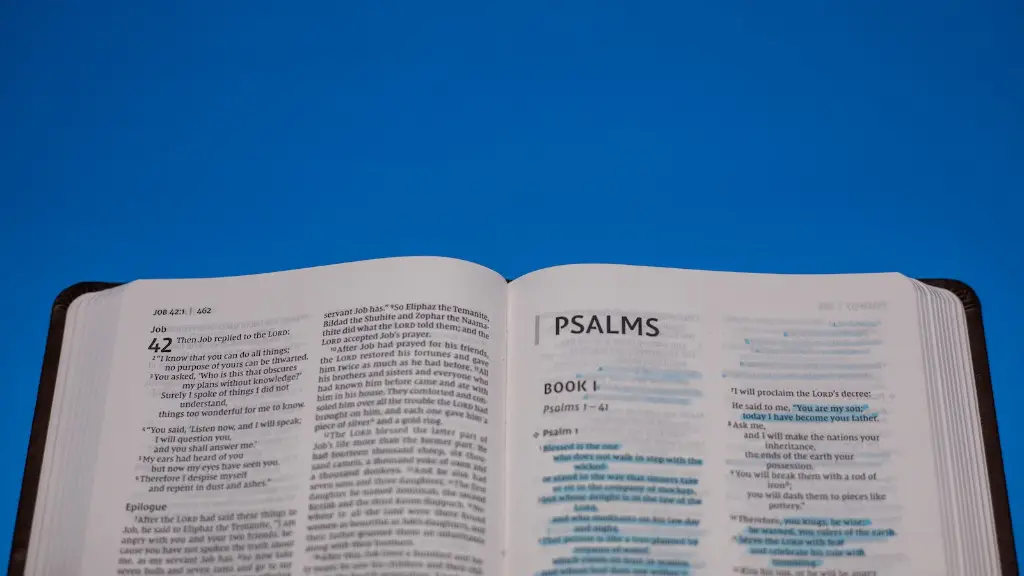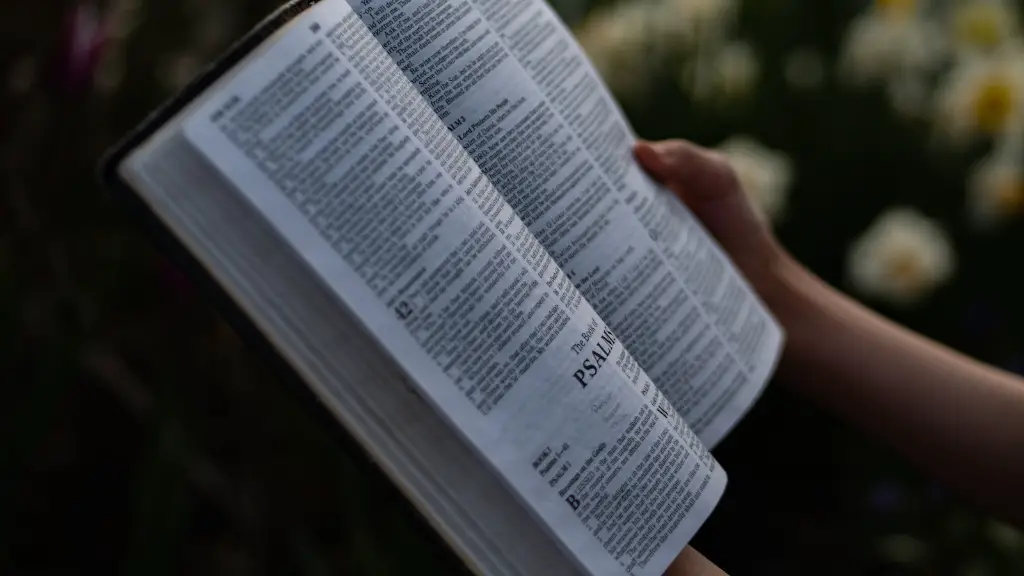Raphael is an archangel in the Bible, though many people don’t fully understand his significance. Angels have existed throughout time and are believed to bring messages from God to humans. According to biblical accounts, Raphael was specifically chosen to aid the prophet Tobit in his quest to overcome his affliction. Today, many people turn to Raphael for protection and healing.
The Bible names seven of God’s angels, and Raphael is among them. He is mentioned in the Book of Tobit, where it says, “Raphael shall lay his hands over him and shall give him back his sight.” This passage is a reference to the story of Tobit, a faithful follower of the Israelite faith, who was struck blind. In the story, Raphael heals Tobit by curing him of a white film covering his eyes.
Though the Bible offers little information on Raphael, some Christians look to him as a protector. He is commonly linked with saints and healers, and some believe he was sent by God to protect those who are faithful. He is also seen as a healing angel and is associated with healing prayers and remedies.
Christian lore emphasizes Raphael’s importance as a messenger of divine wisdom. In some circles, he is seen as a leader among the angels, and one who helps God’s faithful in times of need. He is also associated with justice and truth and is credited with delivering important revelations to prophets and saints.
Raphael is widely depicted in artwork and literature. He is usually shown with the attributes of a young angel, with wings and a halo, and holding a staff. Raphael’s name is often mentioned in prayers, along with Michael and Gabriel. Some people also ask him for special favors, like healing or protection.
Raphael also plays a role in many religious traditions. According to Islamic beliefs, he was tasked with providing food and healing to Muhammad during his travels. In Judaism, his story is intertwined with the Book of Tobit. While some traditions view him as a bringer of bad luck and disaster, the vast majority of people believe in Raphael as a protector and healer.
Real-life Examples of Raphael’s Influence
There are real-life examples of people who have attributed miraculous recoveries, personal protection, and spiritual guidance to the intercession of the archangel Raphael. Many people point to the book of Tobit as proof of his power. That same book is seen by some to be a pre-existence of reality, revealing spiritual truths about the world we live in.
Raphael’s influence is also seen in the practice of acclamations and responses when priests enter a church or officiate a wedding ceremony. Some of these responses recall the archangel’s work from the book of Tobit, such as, “Blessed be God forever.” Other responses include more general references to Raphael, such as, “May Raphael come among us to heal our sicknesses.”
Raphael’s influence can also be seen in literature, poetry and art. He can appear in works of literature both directly and indirectly, and his presence is often felt in allegories, symbolism and allusion. Writers such as Dante and Milton, who defined the Renaissance tradition, both alluded to the archangel in their work. He was also a significant figure in most mystical Christian traditions.
The Health Benefits of Praying to Raphael
Praying to the archangel Raphael is said to bring physical and mental healing. He is considered the patron saint of healing and is believed to bring healing and protection to those who invoke his name in prayer. Many people around the world pray to Raphael for healing from chronic diseases or illnesses and for drug addiction, mental health disorders, and anxiety.
Many Catholics also turn to Raphael for spiritual healing and guidance. It is believed that he helps those who are struggling with their faith regain their spiritual footing. He can help people to develop more meaningful connections with God and can provide comfort and solace in hard times. Catholics also pray to Raphael for help with moral issues, such as keeping to the faith and resisting temptations that arise in life.
Raphael was not only an Archangel of Christianity, but many other faiths such as Buddhism, Hinduism and fortune-telling have attributed different meanings to Raphael. Thus, the many diverse interpretations of Raphael’s character further reinvent his symbolic power among the humanly spiritual traditions.
Raphael in Pop Culture
The archangel Raphael has been featured in various forms of popular media. He has appeared in books, movies, television shows, and video games. He appears in the cartoon series Teenage Mutant Ninja Turtles, where he is depicted as a wise and powerful mentor figure. He is also featured in the fantasy series Dresden Files; in this series, he is the leader of an angelic race that helps to protect the human race from creatures from the Never never.
Raphael is also the subject of much modern art and has been the inspiration for numerous musical compositions. Many of these compositions are hymnals and religious pieces dedicated to the Archangel. Additionally, this figure has inspired many painters and sculptors, and his image can be seen in various art pieces around the world.
Overall, Raphael has played an important role in world culture. He is seen by many as a protector and healer, and is invoked in numerous spiritual and healing practices. His influence has been depicted in various forms of media and can be seen in many religious and artistic works throughout the world.
Raphael’s Representation in Different Religions
Raphael is seen differently in different religions. In Judaism, Raphael is viewed as an angel of healing, but in Islam, he is seen more as a messenger and companion of the Prophet Muhammad. In Christianity, Raphael is seen as a messenger of good news and a bringer of divine surprises. He has also been associated with justice, protection, and guidance.
In some Buddhist and Hindu traditions, Raphael is seen as a guardian of the Gates of Heaven. He is also seen as the divine messenger who helps to bring blessings and good luck to those who humbly seek divine guidance. In some traditions, he is depicted as a warrior, representing truth and justice.
In Native American spiritual practices, Raphael is seen as an animal spirit, capable of taking human form. He is seen as a powerful ally, able to help those who need guidance and protection. Some Native Americans even believe that Raphael can protect them from evil influences and harmful spirits.
Raphael has been represented differently in various religious and spiritual practices throughout the world. However, across all of these traditions, one common theme remains: Raphael is a protector and healer, a divine messenger from God.
Interpreting Raphael’s Role in the Bible
Though some people view the Bible as outdated and irrelevant, others see it as a source of ancient wisdom and spiritual understanding. The Book of Tobit is often seen as one of the most revealing books in the Bible, as it focuses on both faith and wisdom. In this book, Raphael emerges as an important figure. He is seen as a messenger of God as well as a healer and protector.
It is important to remember that the Bible is filled with ambiguous stories that can have many interpretations. That is why the character of Raphael has been re-interpreted in various spiritual and religious cultures. Yet, the common thread remains: no matter how you interpret the figure, Raphael is seen as a divine messenger who brings help and hope to those who seek it.
Thus, though Raphael may not be discussed in explicit detail in the Bible, his influence is still seen throughout its text. He is a central figure in the Book of Tobit and an important figure in numerous religious traditions. He is ultimately seen as a protector, a messenger, and a healer, and his influence can still be felt in literature, art, and popular culture.





